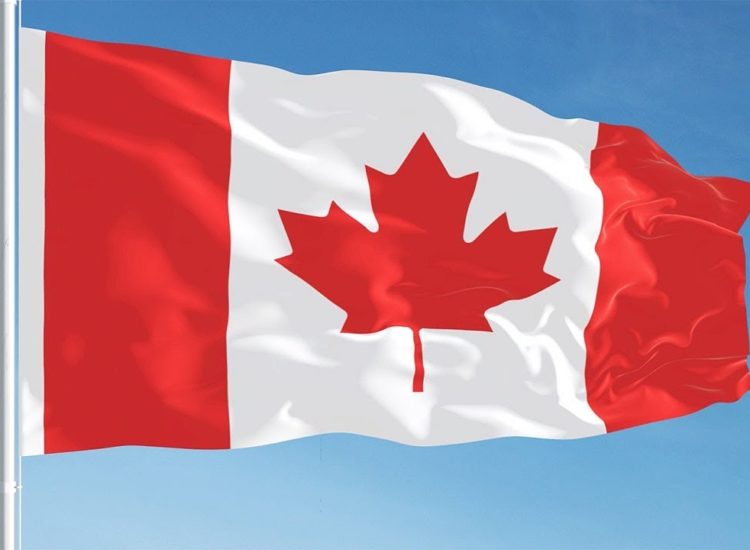
Everything you need to know about the new immigration pathways for temporary residents in Canada.
Canada has released the full guide for the six new immigration streams for international graduates and essential workers.
The guide on the government website gives official instructions on how to apply for the new limited-time immigration pathways opening May 6 at noon Eastern Standard Time. Canada’s immigration department, Immigration, Refugees and Citizenship Canada (IRCC), will stop accepting applications on November 5 or when the streams reach their maximum capacity.
The following is a list of the six new immigrations streams as well as their intake caps.
- Workers in Canada – Stream A for health care workers (20,000 applications)
- Workers in Canada – Stream B for essential non-health care workers (30,000 applications)
- International graduates (40,000 applications)
- Workers in Canada – Stream A for French-speaking health care workers (no cap)
- Workers in Canada – Stream B for French-speaking essential non-health care workers (no cap)
- French-speaking international graduates (no cap)
Highlights of the guide
Take note these points before you apply:
- You must be working in Canada at the time of your application.
- You can be working in any occupation at the time you apply. If you are applying as an essential worker, you need the 1,560 work hours in an eligible occupation within the past three years, and graduate stream applicants need a Canadian credential.
- You must submit a completed application with all documents, including language tests, and pay the fees.
- You can apply to multiple streams if you wish, but you will have to pay fees for each application.
- The intake process will be first in, first out.
- If you are currently living in Quebec, you may still be eligible, as long as you can demonstrate to the officer that you intend to move to another province, or show a job offer in another province.
- Self-employed experience does not count for these streams.
- Wet signatures are not required on documents, except for the use of representative form. There will be an attestation at the end of the online application, which will act as a signature.
- You can pay fees online in advance and upload the receipt in your application, or pay through the online portal. If you over pay, IRCC will start processing your application and send you an automatic refund.
What is the application process?
The portal will open May 6 at 12 p.m. Eastern Standard Time.
There will be an eligibility tool on the government webpage. This tool will allow you to select the immigration stream you want to apply for, and view eligibility requirements. It is not a necessary step, but it is for your information.
You will then be able to create an account. After that, you will see a document checklist.
You will have to agree to some terms and conditions. Then you can create an account with your email address and a password. You will get a message sent to the email address you provided with a verification code, which you can copy and paste. After that you will sign in with your email address and password.
Then you will get to a document checklist. You need to ensure you validate your forms and submit them with 2D barcodes. This form does not have a signature. An attestation at the end is considered a signature by the client. The only form that requires a wet signature is the use of representative form. There is a separate spot to upload this form.
You will also be asked to submit other documentation such as your proof of eligible work or study experience in Canada. There will be additional spots for dependents to add files.
You will then see an acknowledgement and consent form and a privacy statement. There will be a giant blue “Submit” button at the end for you to send in your application. Finally, there will be a page that confirms your application has been submitted.
You will have the ability to view your submission after you have filed your application.
Information for graduate stream applicants
You can be working part time at the time of applying, as long as you have graduated with a Canadian credential and meet the language requirement. International graduate candidates will need to have a Canadian Language Benchmark (CLB) or a Niveaux de compétence linguistique canadiens (NCLC) score of 5.
International students who graduated from a Canadian designated learning institution and are currently pursuing another degree may be eligible, provided they are also working.
Information for essential worker stream applicants
You are required to have a Canadian Language Benchmark (CLB) or a Niveaux de compétence linguistique canadiens (NCLC) of 4 to apply for any of the essential workers in Canada streams.
If you are applying under stream for health care workers, you can be working in any occupation. However, you must have one year of work experience in an eligible health care occupation, listed in Annex A.
If you are applying under stream for other essential workers, you can combine experience in occupations listed in Annex A (health care occupations), and Annex B (other essential worker occupations).
Why is Canada offering these programs?
The travel restrictions in place to slow the spread of COVID-19 has had major impacts on the labour market. Canada typically depends on immigrants coming in from abroad to address labour shortages.
Canada has set ambitious immigration targets for 2021, looking to welcome 401,000 new immigrants by the end of the year. Due to its commitment to meeting this target, Canada introduced the six new immigration streams. These streams help those who are already residing in the country get permanent residence.
Half of the streams are for French-speakers. This is because Canada is looking to increase bilingual and French-speaking immigrants outside of Quebec.




